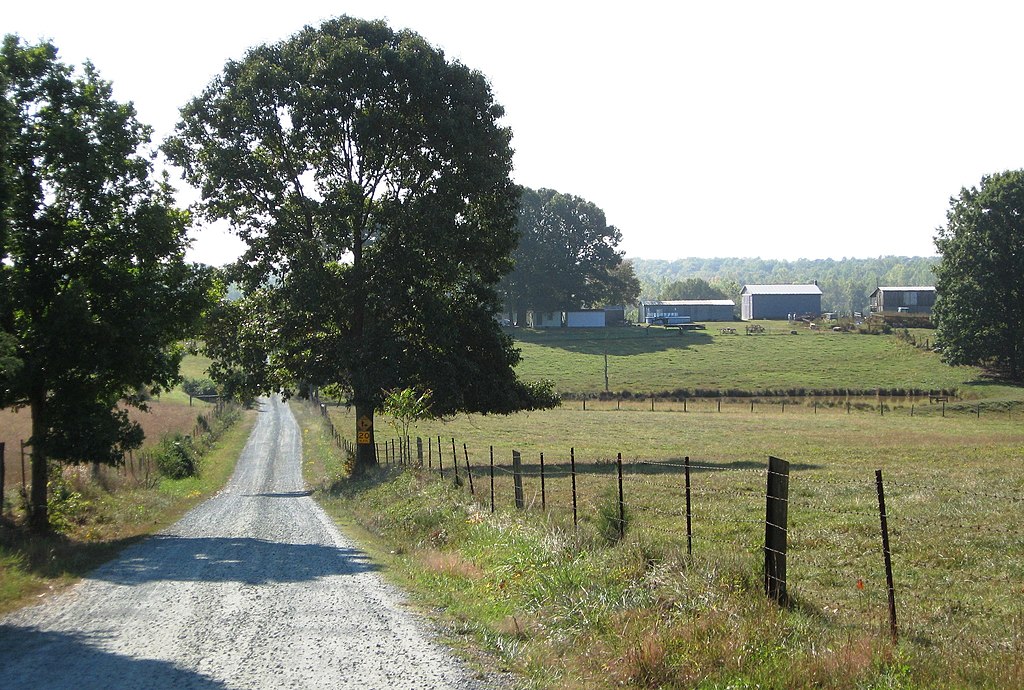Scientists Search for Conservation Strategies
Story by Bill Kovarik
Increasing numbers of windmills will pose threats to bats and migratory birds, scientists have warned in recent years, unless conservation strategies are put into place.
Many states, including Virginia, are beginning to include stringent monitoring and mitigation plans in the wind energy permitting process, and a set of federal guidelines from the US Fish and Wildlife Service is under development.
In a 2006 study of windmills and bird conservation, the National Academy of Sciences pointed out that millions of birds are killed each year by cars, airplanes, tall buildings, power lines and cell towers. Similar studies by the National Wind Coordinating Collaborative found that cats, buildings, hunters, vehicles and cell towers killed over 1 billion birds in the U.S. every year.
In 2007, the Audubon Society said that it “strongly supports properly-sited wind power as a clean alternative energy source that reduces the threat of global warming.” In a statement, the society said that wind power facilities “should be planned, sited and operated to minimize negative impacts on bird and wildlife populations.”
Perhaps the worst example of wind farms affecting bird populations comes from California, where over 5,000 wind turbines in the Altamont pass have killed over 26,000 birds in the past 20 years, according to the Audubon Society. Strategies to reduce bird deaths have been worked out in court, but (as Dawn Stover notes in this issue) the road to compromise has been rocky.
Offshore wind farms may be among the safest kinds of developments for birds. In a study published in March 2009, Peter Rothery and colleagues observed offshore wind farms near Blyth, England for 26 months before turbine construction, seven months during construction, and 32 months after construction. No collision deaths were observed over 352 hours. “Most seabirds flew below the height of the rotor blades,” Rothery said.
Wintering farmland birds in Europe are also not affected by wind farms, according to an article in the Journal of Applied Ecology by CL Deveraux, who said, “This should be welcome news for nature conservationists, wind energy companies and policy-makers.”
Bat populations that congregate on ridgelines are a particular problem for Appalachia. One 2005 study found that during a six-week study period, 398 bats were killed at the Mountaineer wind farm in West Virginia and 262 bat fatalities were observed at the Meyersdale, Pa. wind facility. The study found that the deaths were not clustered around specific turbines, but rather tended to occur on specific days and in early evening, when food and other conditions brought large numbers of bats near the turbines. Researchers also found that bats were sometimes attracted to wind turbines.
This has led to recent research into using high frequency sounds to make turbines less attractive to bats (by ultrasound) and use of radar to decrease speed or shut down wind turbines during periods of high bat activity.
Related Articles
Latest News

Leave a comment
Your email address will not be published. Required fields are marked *





Leave a Comment